Each year, millions of hunters take to the woods in hopes of harvesting whitetail deer. If you’re one of them (or want to be), a quality optic could help swing the odds in your favor.
However, not all optics are well-suited for deer hunting.
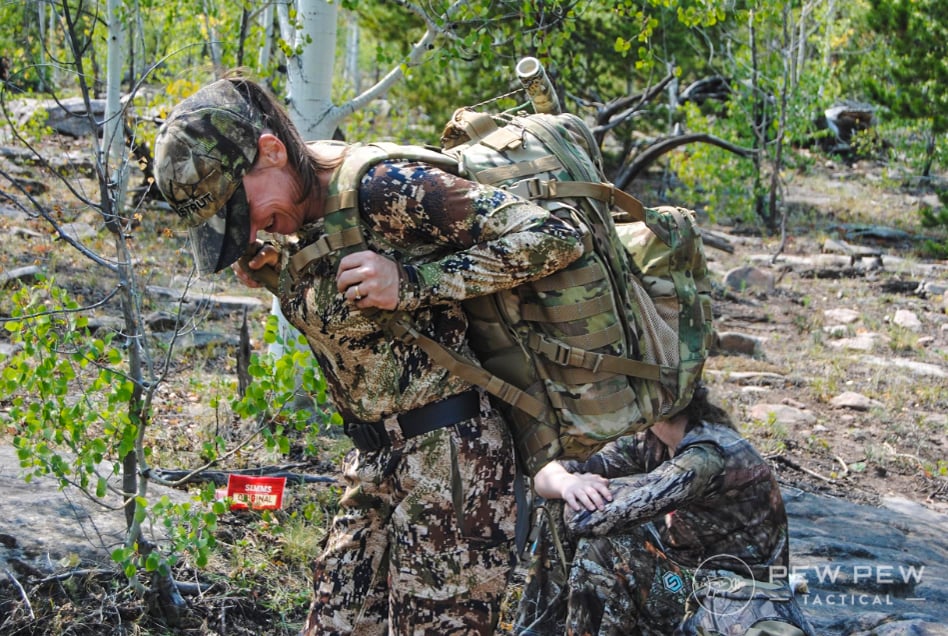
Not only will the right optic help you put venison on the family dinner table, but it will also help you do it more ethically.
Well-placed shots produce more humane harvests, which should be the goal of every ethical hunter.
If you’re itching to have a big buck lined up in your crosshairs but aren’t sure what to look for in a deer hunting scope, we’re here to help.
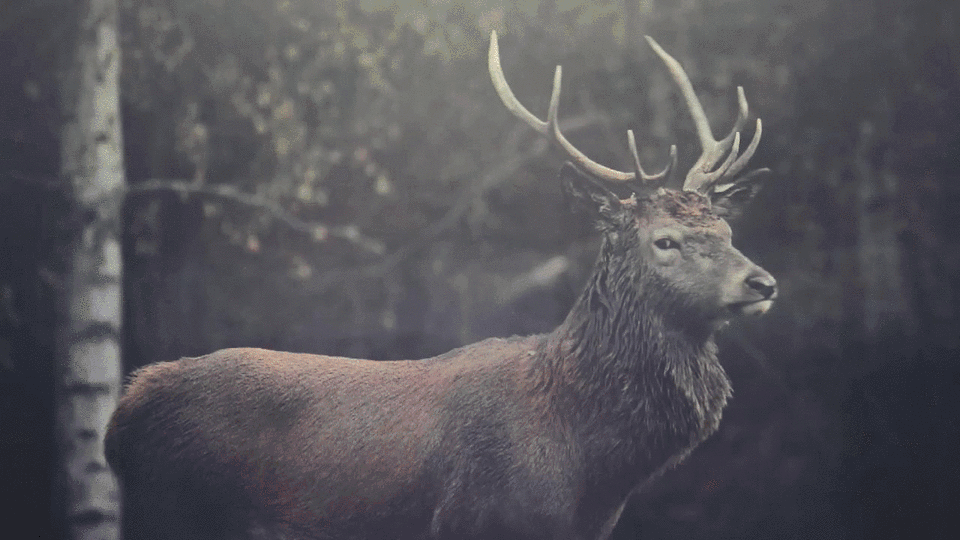
So let’s talk about what to look for when shopping for optics and get down to some models we think you should try.
Keep reading!
THE QUICK LIST
-
Editor’s Pick
-
Best Budget Hunting Scope
-
Best Scout Scope
-
Best Hunting Scope
-
Affordable High Magnification Option
-
Best Hunting Red Dot
-
Best Budget Red Dot
Table of Contents
Loading…
What to Look For When Shopping for an Optic
Because deer hunting is such a varied sport, it’s difficult to crown any single optic as “The Absolute Best Deer Hunting Optic Ever.” The type of optic you need depends on where and how you plan to hunt.
The needs of a Midwestern deer hunter, who may need to stretch long-range shots across open cropland, differ greatly from the South Eastern deer hunter slogging through thick, boggy river bottoms.
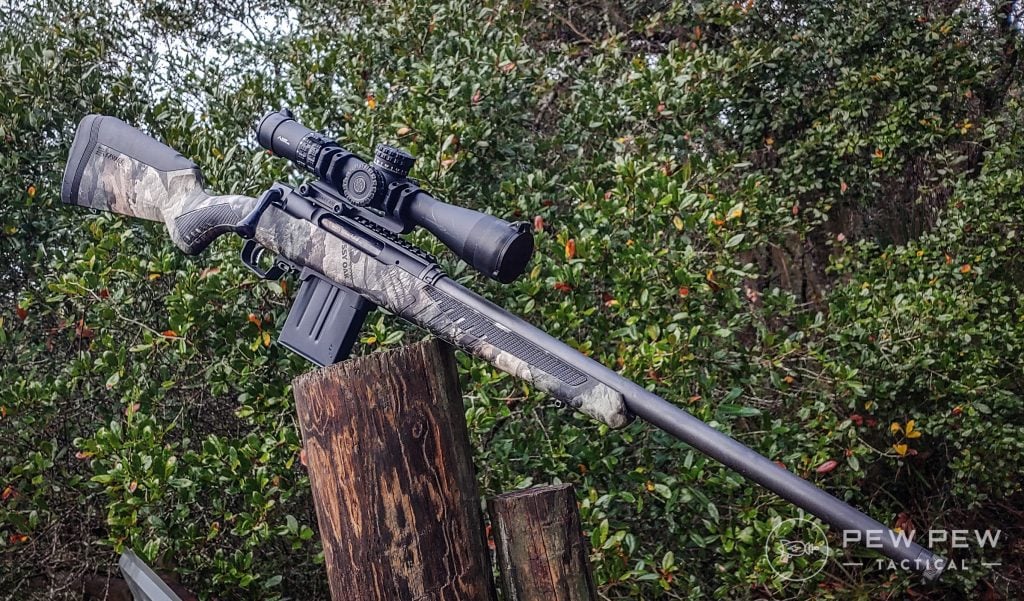
While both of these hunters could benefit from a quality optic, the type of optic is vastly different.
Here are a few things to keep in mind when you’re shopping for a new deer hunting optic.
Magnification
How much magnification you need from an optic depends on the typical ranges you’ll be shooting.
For most deer hunters, who take advantage of shot opportunities inside of 200 yards, a traditional 3-9x riflescope is fine. There’s a reason 3-9x scopes are so popular…this magnification range is super practical, especially for deer hunters.

Hunters shooting long-range superstar cartridges in open country could benefit from a scope with a more generous magnification range (especially if they want their rifle to pull double duty on varmints).
Advances in engineering have provided hunters with impressive zoom ranges, which is good news for hunters who expect to take deer at extreme ranges.
Just be prepared to fork over some serious cash because those optics can put a serious hurt on your bank account.
Tube Diameter
Just a few decades ago, every deer hunting scope had a basic 1-inch main tube. These specs provided a compact, low-profile hunting optic that was perfect for classic soft point ammo.
This size is still plenty practical for typical deer hunting scenarios.
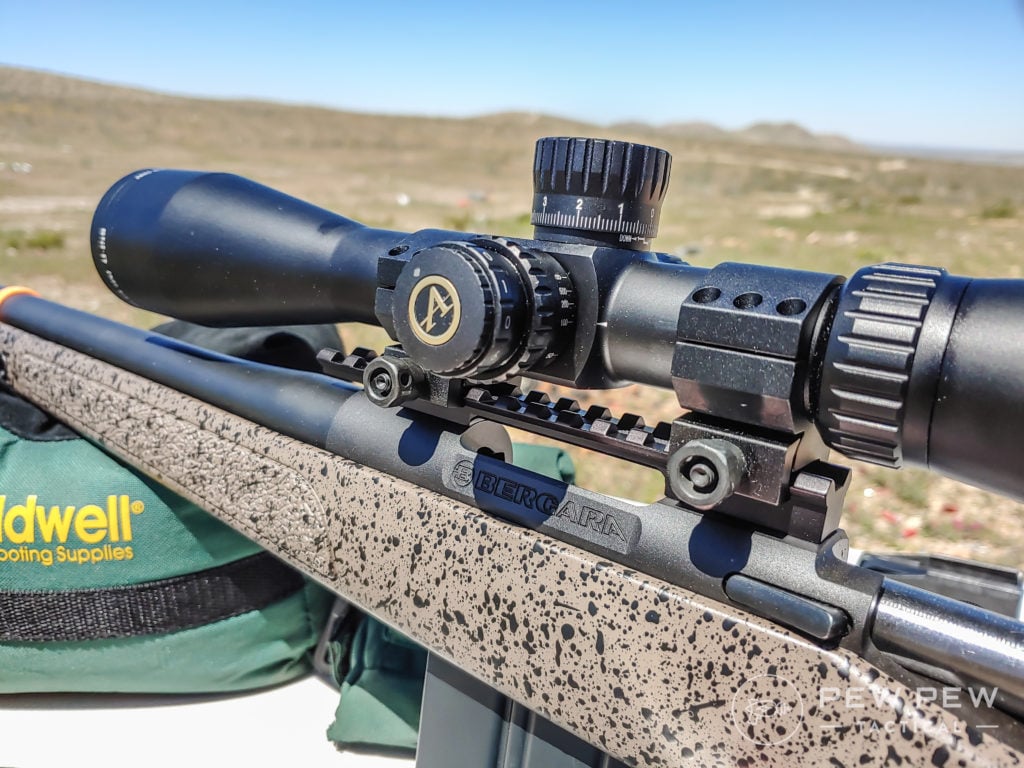
New cartridges and cutting-edge projectile designs have allowed deer hunters to push the limits of effective shooting ranges.
Today, hunting optics with big main tubes (30mm or even 34mm) are far more common. Larger tubes can accommodate wider magnification ranges.
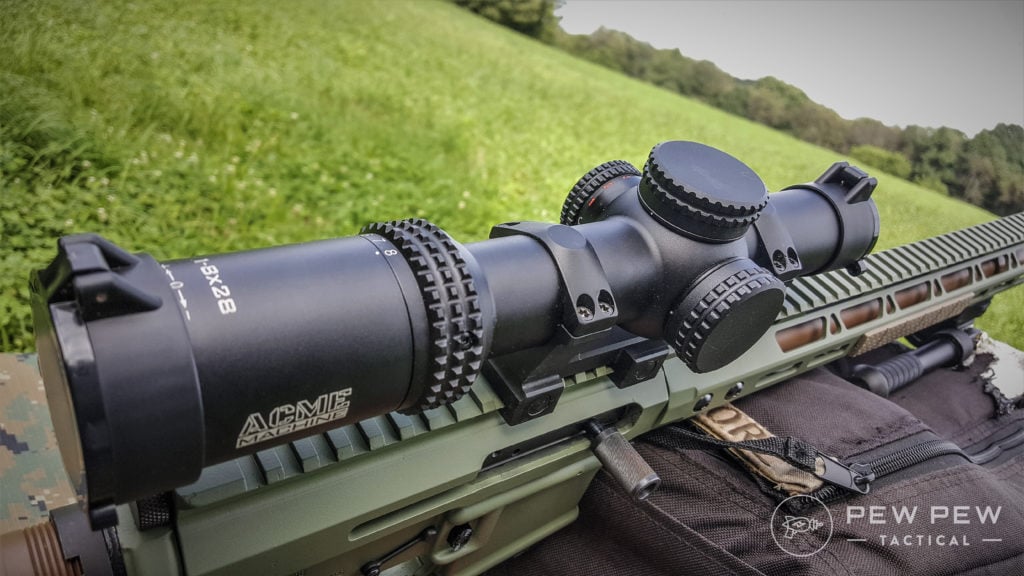
And although hefty tubes make for bulkier optics, they tend to be more robust. They also let in more light, which is a major perk for deer hunting since most shot opportunities occur in those murky hours surrounding dawn and dusk.
On the negative side, they (and the rings used to mount them) tend to be heavier and costlier, so take this into consideration when shopping. For typical hunting scenarios, a 1-inch tube is usually adequate.
Objective Lens
While objective lens size is only part of the light transmission equation, it has a greater impact than any other factor. Like big windows brighten a room, big objectives brighten a scope’s sight picture.
That means for shooting in low light conditions, bigger is generally better.
However, bigger isn’t always practical.
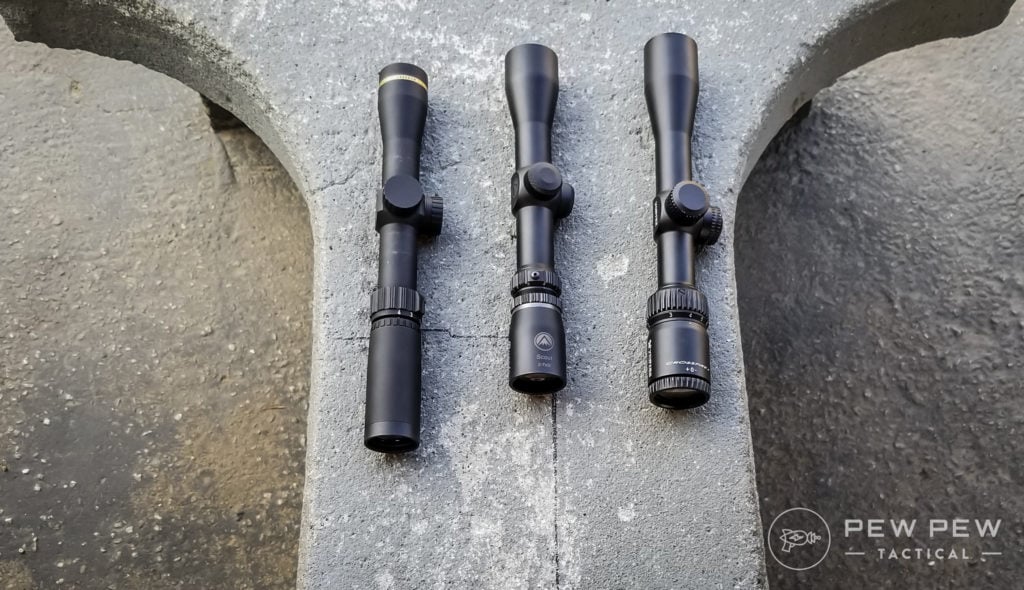
As the objective lens grows, so does the distance it needs to be mounted above the rifle barrel. The higher the scope is mounted, the more difficult it becomes to achieve proper shooting form and eye alignment.
Since inconsistencies in form produce inconsistencies in downrange accuracy, a massive objective lens could become a hindrance rather than an asset.
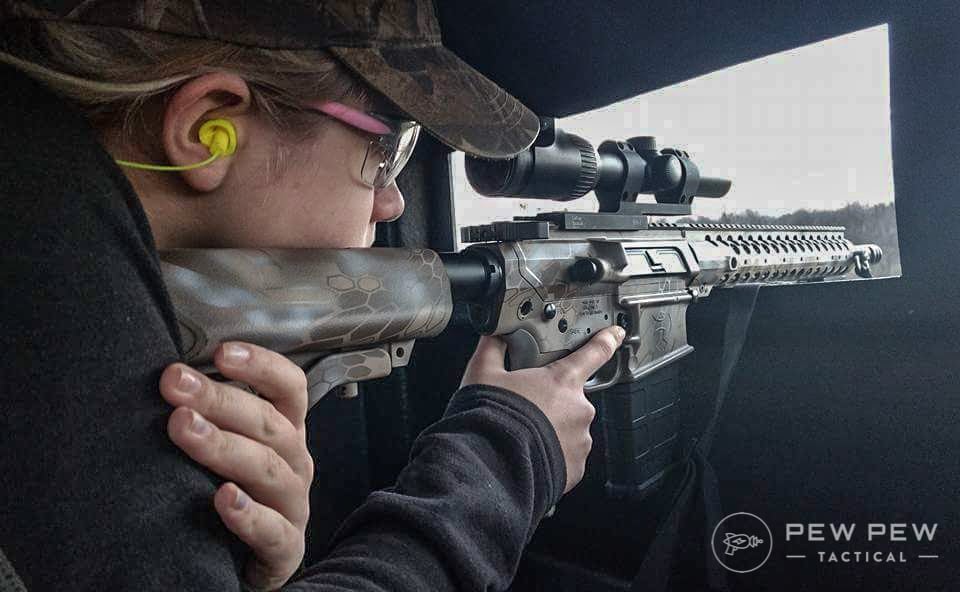
Scopes with colossal objective lenses are also heavy and bulky, which might be fine if your style of deer hunting has you driving up to a box stand and sitting all day.
However, if you have to tote a rifle any distance or need to maneuver in thick woods or the restrictive dimensions of a ground blind, that objective is just going to get in the way.
For the majority of deer hunters, anything with an objective lens larger than 50mm is overkill. 40mm to 42mm is a more practical choice.
Glass Quality and Lens Coatings
Because most deer hunters don’t want to tote around a scope with a monumental objective lens, the glass quality and lens coatings (two other important elements in light transmission) become absolutely crucial.
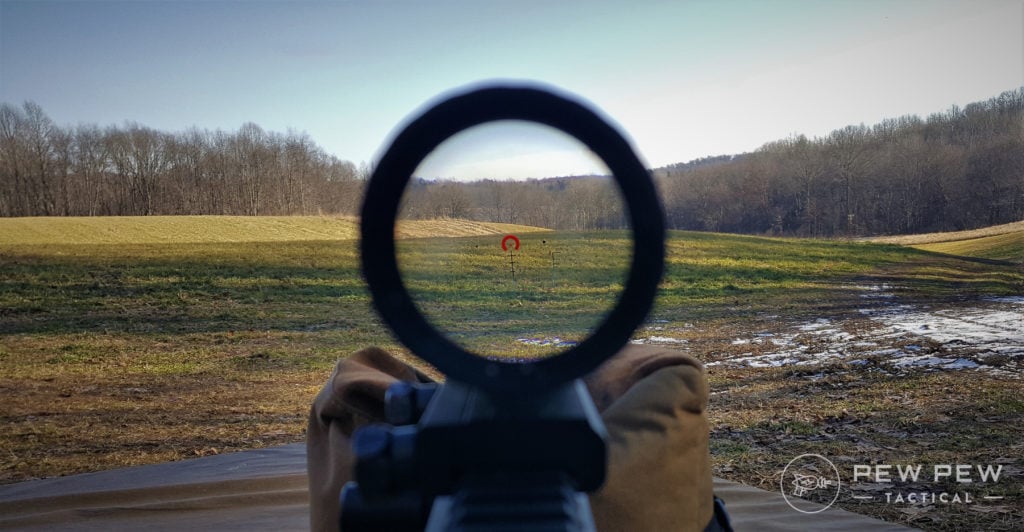
After the objective lens, these two features have the most influence on light transmission. So, if you want to see that monster buck chasing does at daybreak, you need to pay careful attention to your scope’s glass and coatings.
ED glass and fully multi-coated surfaces are a must for serious deer hunters.
Fixed Power Scopes
Although scopes with variable magnification are all the rage, don’t underestimate the value of a fixed-power optic. A fixed-power scope provides the same perspective every time you look through it.
Without dials to fiddle with, you can focus on the reticle and the target beyond it. Fewer steps in a high-adrenaline shooting situation are a good thing.

Because these optics are less complex than variable-power scopes, there are fewer things that can go wrong in the field.
Their simplicity also makes them more affordable, leaving you some extra cash for other important hunting gear.
Best Rifle Scopes for Deer Hunting
1. Leupold VX-3HD 3.5-10x50mm – Editor’s Pick
Prices accurate at time of writing
Prices accurate at time of writing
-
25% off all OAKLEY products - OAKLEY25
Copied! Visit Merchant
Pros
- Crystal clear glass
- Good low-light performance
- Illuminated reticle model available
Cons
- No side focus
Specs
- Magnification: 3.5-10x
- Objective lens: 50mm
- Tube diameter: 1″, 30mm
- Weight: 14.9 oz – 17.7 oz
- Reticle: Duplex, Firedot Twilight Hunter (illuminated)
- Eye relief: 3.6″ – 4.4″
- Focal plane: Second
I am going to lead off with what I believe is one of the best all-around hunting optics for the money — the Leupold VX-3HD.
Coming in between $500-1000 below the VX-5 series, the VX-3HD represents that “sweet spot” in Leupold’s lineup where you get amazing glass quality at a reasonable price.
Specifically, the VX-3HD 3.5-10x50mm is my favorite due to the magnification range. While 10x may seem low, it is more than adequate for most shots on deer out to ethical hunting distances. The lower end of 3.5x combined with a decently sized 50mm objective allows for great visibility during twilight hours.
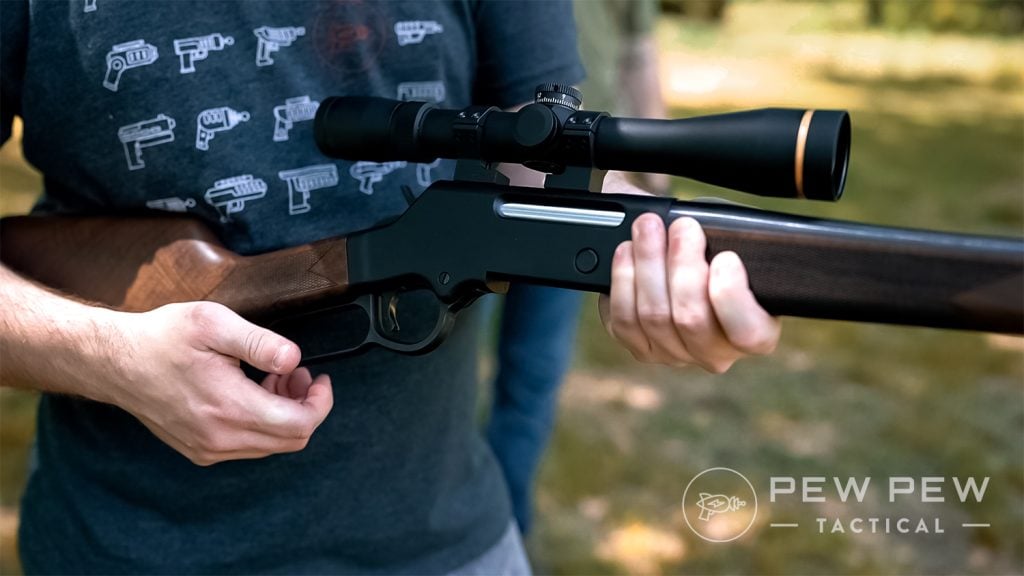
Leupold offers the scope in both 1-inch and 30mm main tubes, both with simple duplex reticles. They also have an illuminated Firedot reticle option as well.
I have the Firedot version on my Henry Long Ranger — a killer combo.
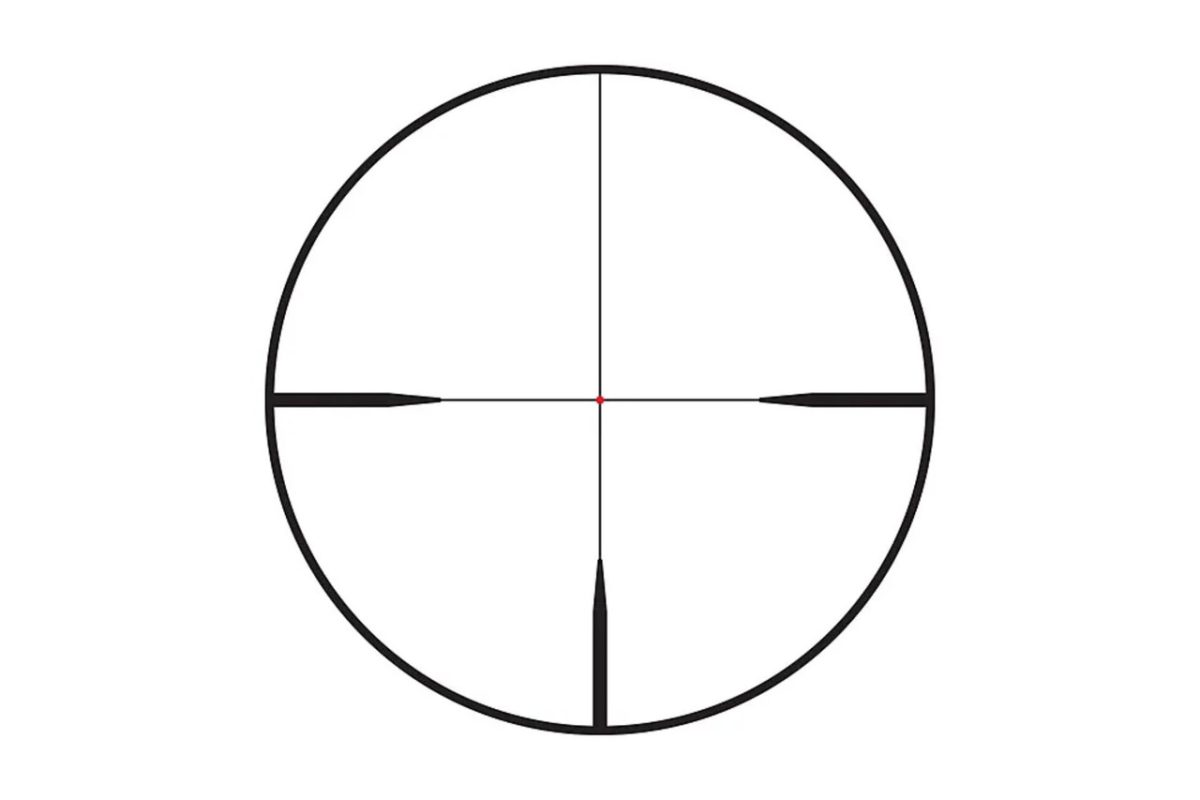
Additionally, these features Leupold’s Custom Dial System (CDS), which lets you send in your scope’s elevation dial to get laser-etched your scope’s elevation dial to match your load, velocity, and conditions.
2. Burris Fullfield IV 3-12x42mm – Best Budget Hunting Scope
Prices accurate at time of writing
Prices accurate at time of writing
-
25% off all OAKLEY products - OAKLEY25
Copied! Visit Merchant
Pros
- Affordable
- Amazing warranty
- Good clarity
Cons
- Fixed parallax
Specs
- Magnification: 3-12x
- Objective lens: 42mm
- Tube diameter: 1″
- Weight: 17.6 oz – 18.4 oz
- Reticle: Long-Range MOA, Ballistic E3, C4 Wind MOA (illuminated)
- Eye relief: 3.5″ – 3.8″
- Focal plane: Second
Burris has been making optics for a long time, yet they go unmentioned more often than not.
Despite this, they have been pumping out some quality products at great prices, including their newer Fullfield IV lineup.
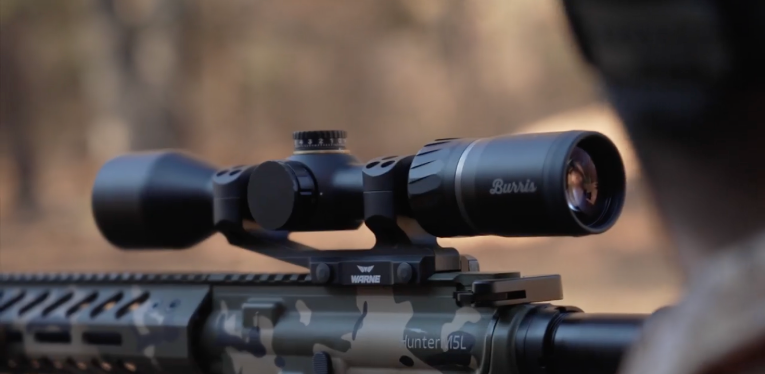
Glass clarity and color distinction are outstanding, given how affordably priced these are. Construction is solid, and the turrets have a good feel to them. If you want a no-frills hunting scope without breaking the bank, this is your guy.
The 3-12x42mm version comes in three different reticles, including one illuminated option.
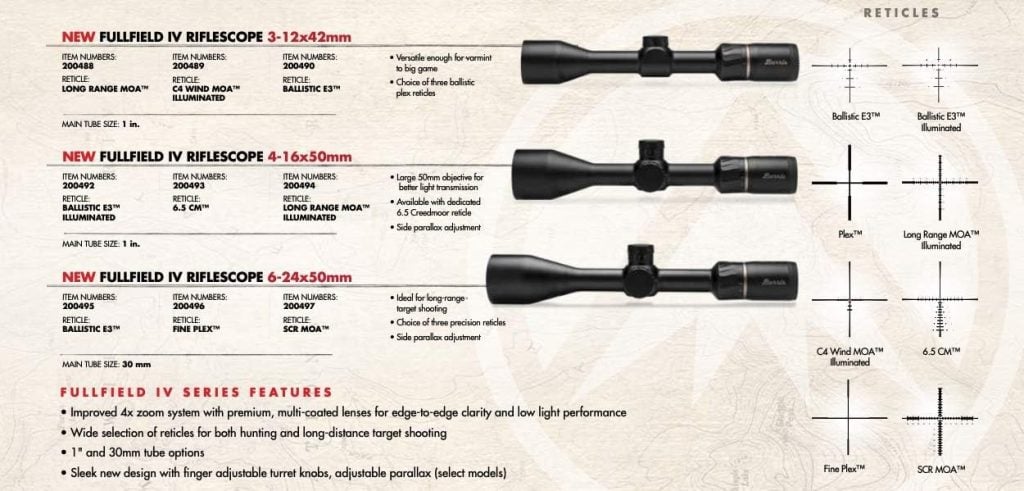
Oh, and you get Burris’s amazing no-registration, no-questions-asked Forever Warranty!
3. Burris 2-7x32mm Scout Scope – Best Scout Scope
Prices accurate at time of writing
Prices accurate at time of writing
-
25% off all OAKLEY products - OAKLEY25
Copied! Visit Merchant
Pros
- Long eye relief
- Great field of view
- Simple reticle
Cons
- Fixed parallax
Specs
- Magnification: 2-7x
- Objective lens: 32mm
- Tube diameter: 1″
- Weight: 13 oz
- Reticle: Ballistic Plex
- Eye relief: 9.2″ – 12″
- Focal plane: Second
Some rifles, such as certain lever-actions and guns like the M1A, don’t always have an easy way to mount scopes in the traditional location above the receiver.
You will notice that some of these types of rifles will have a provision for mounting the scope in a more forward location. This is commonly referred to as a “scout” configuration.
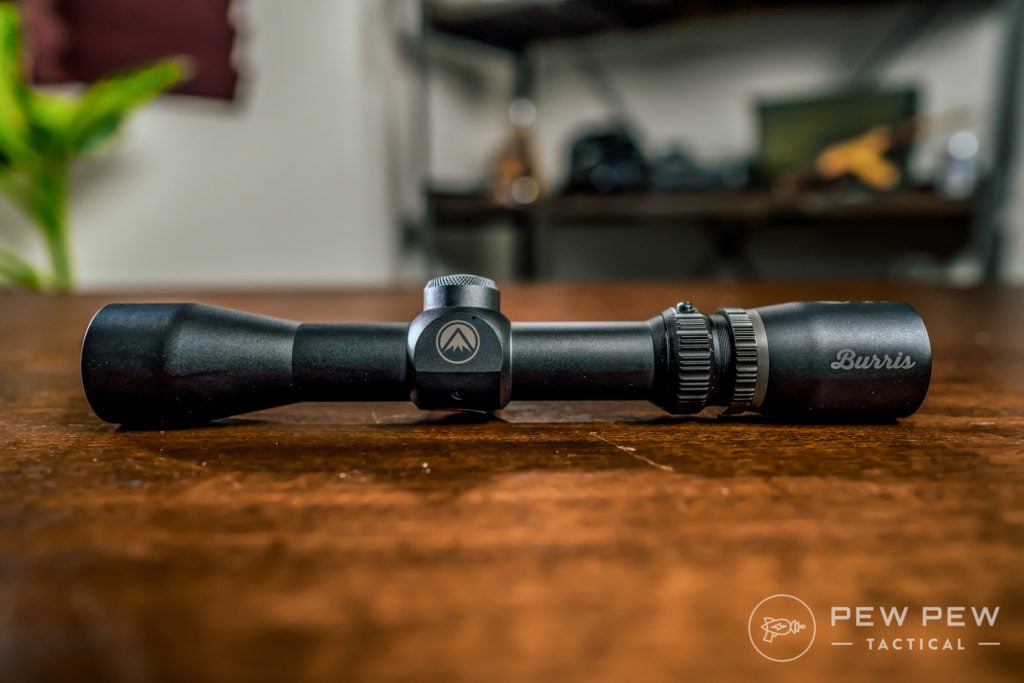
Scout scopes require a much longer eye relief since the scope is mounted much further forward, but Burris has you covered once again.
Their Scout 2-7x has like a full mile of eye relief. (It’s actually only 9.2 to 12 inches.) It is designed for those forward mounts.
The long eye relief makes it perfect for both-eyes-open shooting. It also provides a generous field of view behind that uncomplicated reticle, which works well for tracking moving game.
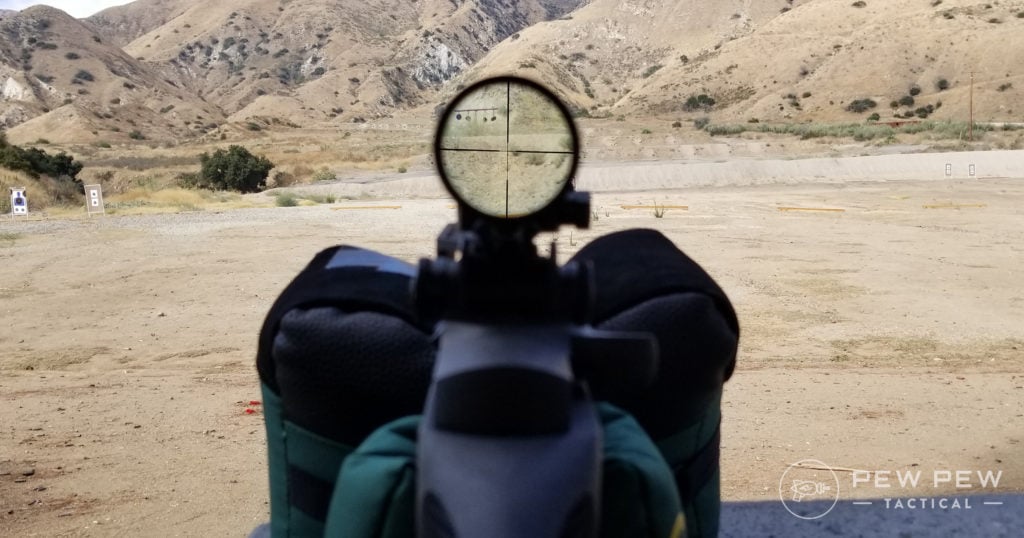
The lower magnification and minimalist BDC reticle make this scope perfect for shooting big bucks at medium ranges.
If you have a rifle with a scout mount, the Burris is a great option with excellent clarity, a simple reticle, and an appealing price tag.
What do you think of the Burris Scout? Rate it below!
4. Steiner Predator 8 3-24x50mm – Best Hunting Scope
Prices accurate at time of writing
Prices accurate at time of writing
-
25% off all OAKLEY products - OAKLEY25
Copied! Visit Merchant
Pros
- World-class optical clarity
- Wide magnification range
- Illuminated reticle
- Side focus
Cons
- Expensive
Specs
- Magnification: 3-24x
- Objective lens: 50mm
- Tube diameter: 30mm
- Weight: 25.2 oz
- Reticle: E3
- Eye relief: 3.7″
- Focal plane: Second
When it comes to high-end optics, much of the market trends toward the tactical. This usually means insanely complicated reticles, massive turrets, and other features not necessary for hunting.
Luckily, there are a few companies out there, like Steiner, that realize there is a market for top-tier hunting glass.
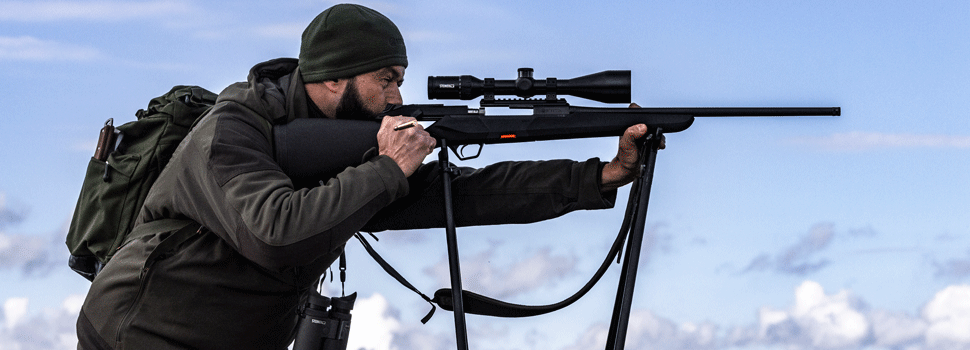
The Predator 8 has some of the best glass you will ever see, with a high-contrast lens coating for edge-to-edge clarity. Also present is an E3 reticle that has 11 illumination settings.
A customizable ballistic turret allows shooters to easily adjust for drop. Three different movable rings can also be set to custom distances for quick adjustments as well. Steiner’s Zero Mode lets shooters quickly return to zero without coming off the optic.
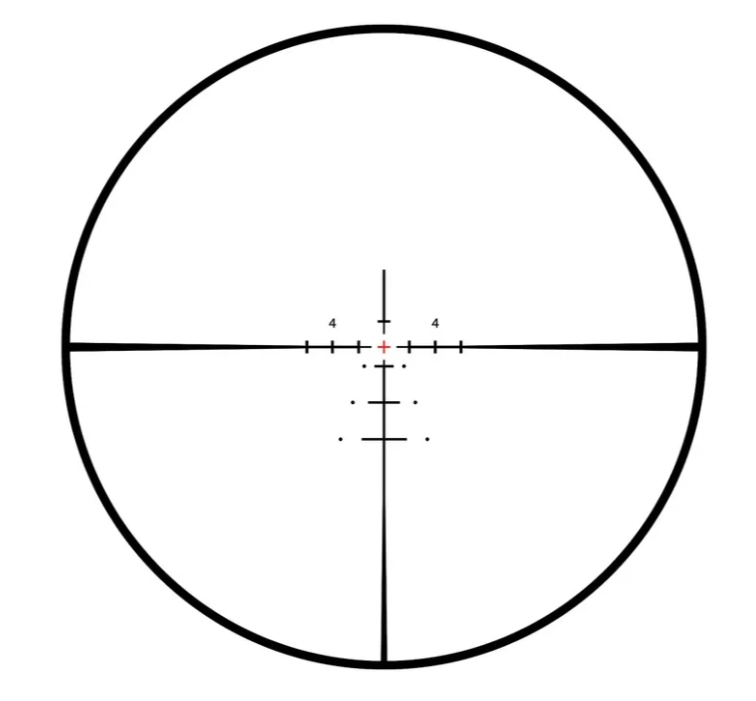
While it is expensive, this is one of the best looking scopes you can get while also offering an impressively wide magnification range.
5. Vortex Venom 5-25x56mm – Affordable High Magnification Option
Prices accurate at time of writing
Prices accurate at time of writing
-
25% off all OAKLEY products - OAKLEY25
Copied! Visit Merchant
Pros
- Wide magnification range
- Illuminated reticle
- Side focus
- Large objective lens and main tube diameter
Cons
- Dropoff in performance at higher magnifications
- Heavy
Specs
- Magnification: 5-25x
- Objective lens: 56mm
- Tube diameter: 34mm
- Weight: 35 oz
- Reticle: EBR-7C MOA, EBR-7C MRAD
- Eye relief: 3.6″
- Focal plane: First
Personally, I think a max of about 16x magnification is at the top end of what most people will need for deer hunting.
But I totally understand that some people want alllll the magnification without having to shell out the big bucks. Enter the Vortex Venom 5-25x56mm.
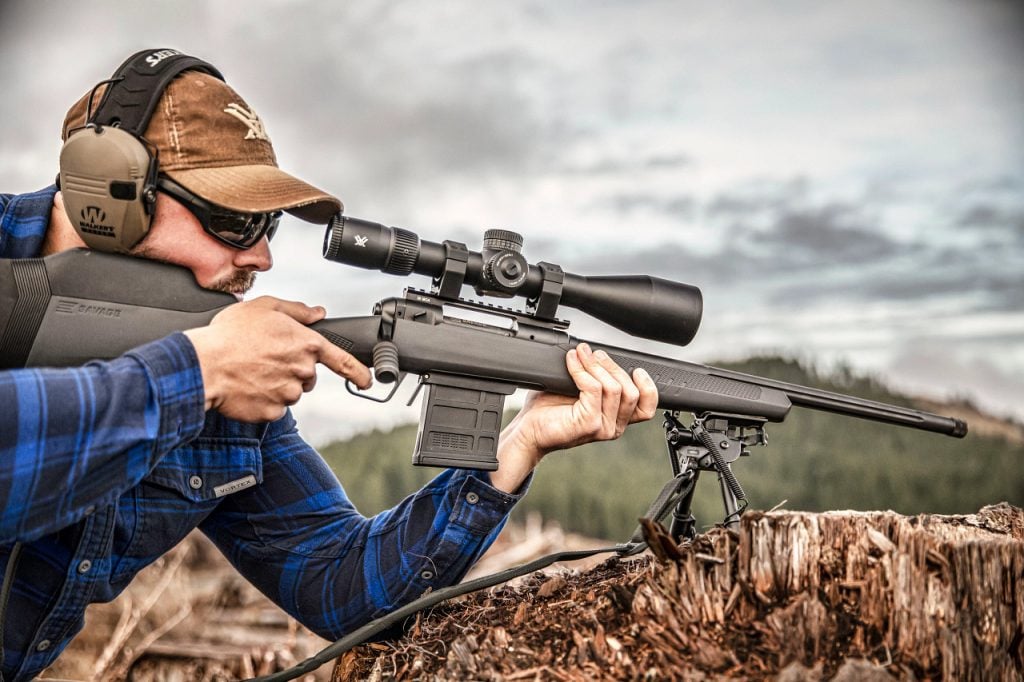
Newer to Vortex’s lineup, this Venom not only features powerful magnification but is also a Front Focal Plane (FFP) scope with an illuminated reticle and a 34mm main tube.
An illuminated EBR-7C reticle is available in both MOA and MRAD versions, and as always, you get Vortex’s amazing no-questions-asked lifetime VIP Warranty.
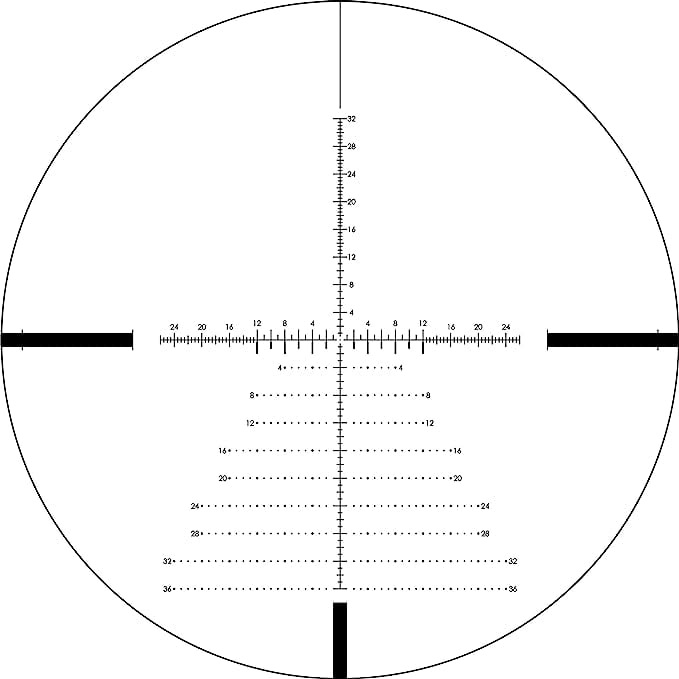
What makes all of this impressive? You get these features at a stunning $499 price point.
The glass quality is good for the price, and the massive 56mm objective lens and the beefy 34mm main tube ensure that you can scrape every little bit of sunlight during twilight hours. If you want big magnification at a small price, the Venom is your ticket.
6. SWFA 10×42 SS Riflescope – Best Fixed Power Scope
-
25% off all OAKLEY products - OAKLEY25
Copied! Visit Merchant
Pros
- Amazing glass quality
- Simple and durable design
- Affordable
Cons
- 10x magnification may be too high for close-range hunting
Specs
- Magnification: Fixed 10x
- Objective lens: 42mm
- Tube diameter: 30mm
- Weight: 21.3 oz
- Reticle: MOA-Quad, MIL-Quad
- Eye relief: 3.9″
- Focal plane: Second
As mentioned earlier, fixed power riflescopes can offer some amazing glass at lower price points thanks to their simplistic design.
This is definitely the case with the SWFA SS (Super Sniper) scopes which offer crystal clear glass with edge-to-edge clarity that is honestly unmatchable at this price. Seriously, I challenge you to find clearer glass for $300-400.
I have one of these on a Savage Model 10 in 22-250, and it is a match made in heaven.
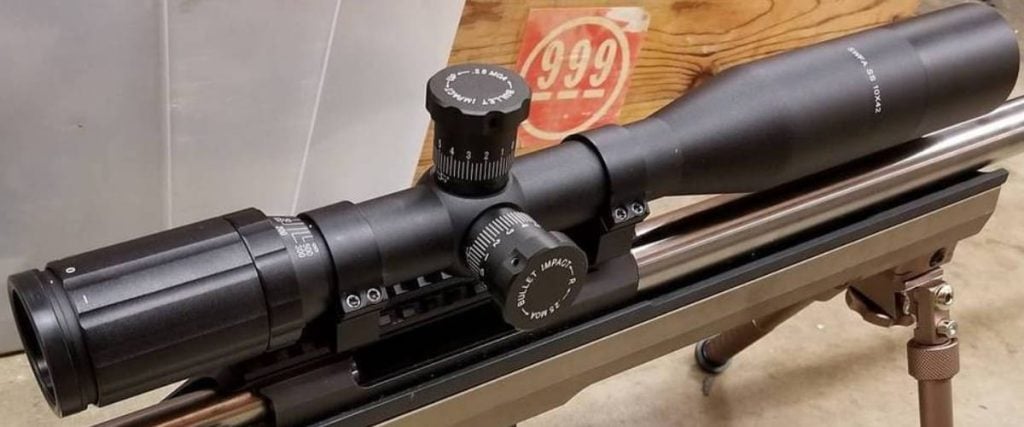
Tall exposed turrets with tactile clicks make adjustments easy. Admittedly, being stuck with a higher 10x magnification does take getting used to, but it is still very much suitable for anything from 100 yards on out.
The Super Sniper scopes are available in both side and rear parallax focus models, as well as MIL and MOA configurations.
Best Red Dots for Deer Hunting
Although definitely not traditional deer hunting optics, red dots can work well in some hunting situations. Despite their small size compared to traditional riflescopes, a red dot’s hunting potential is huge.
They provide extreme precision, allow hunters to keep both eyes open, and work well even when you don’t get your head all the way down on the gun. These optics are incredibly forgiving.
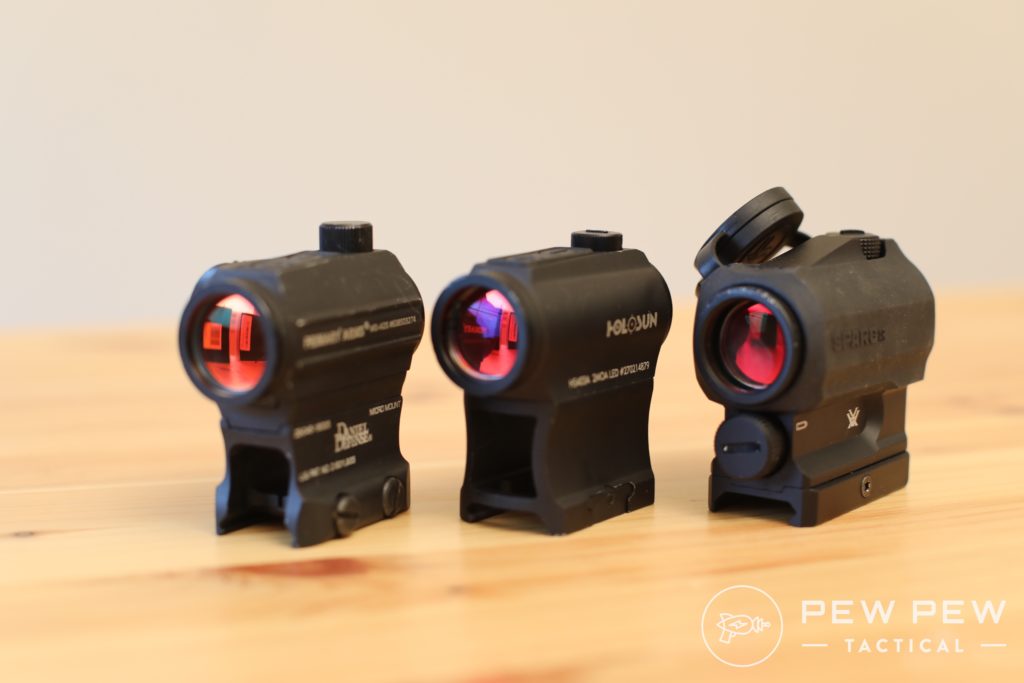
Red dots work best in situations where you find yourself up close and personal with your quarry.
A 4 MOA dot provides a 2-inch aiming point at 50 yards, which becomes 4 inches at 100 yards. If you need more precision for longer distances, you’ll want to opt for a smaller 2 MOA dot.
7. Aimpoint Hunter H30L – Best Hunting Red Dot
Prices accurate at time of writing
Prices accurate at time of writing
-
25% off all OAKLEY products - OAKLEY25
Copied! Visit Merchant
Pros
- Ultra-durable
- Lightweight
- Large objective lens for a red dot
Cons
- Expensive
- Can be difficult to find in stock at times
Specs
- Magnification: 1x
- Objective lens: 35mm
- Weight: 8.4 oz
- Reticle: 2 MOA red dot
- Eye relief: Unlimited
- Battery life: 50,000 hours
Many red dots are geared toward tactical applications, but Aimpoint has kept hunters in mind with their awesome H30L red dot.
What sets this apart from many other dots is the fact that it is long enough to mount on most standard and magnum actions using regular scope rings. This allows for easy use with many hunting rifles while being able to maintain a good head position.
A 35mm multi-coated lens provides great clarity and the 2 MOA dot is crisp, and you get 50,000 hours of battery life on a single CR2032.
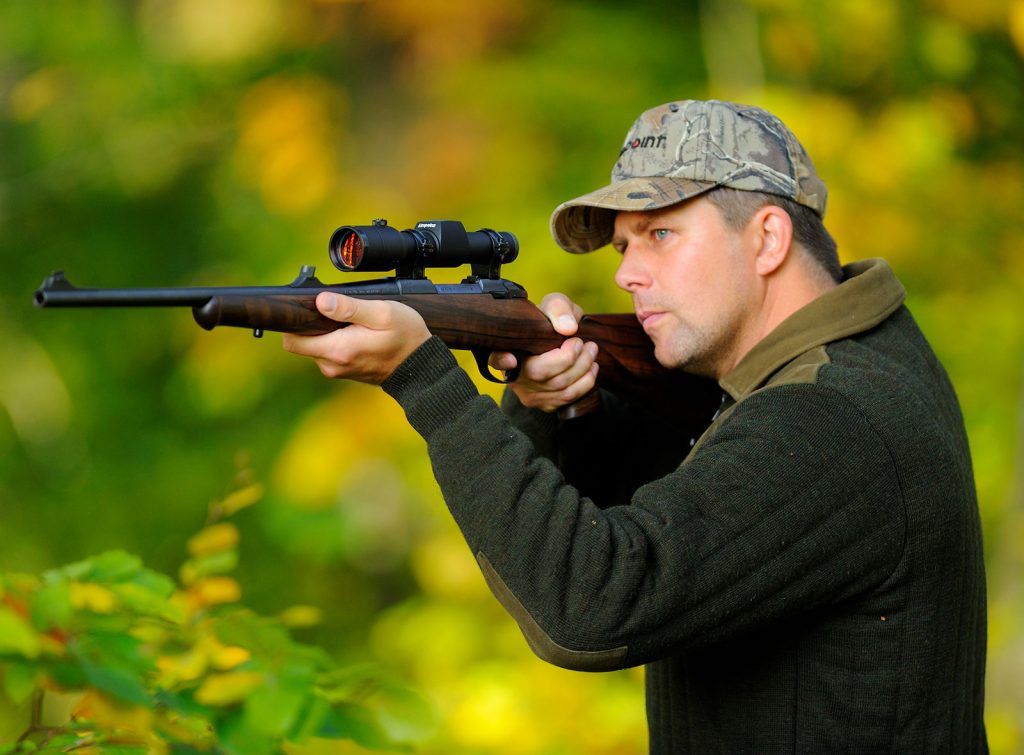
Make no mistake, the price tag is steep on this guy, but you get legendary Aimpoint ruggedness paired with a true purpose-built hunting red dot.
8. Sig Sauer Romeo5 – Best Budget Red Dot
Prices accurate at time of writing
Prices accurate at time of writing
-
25% off all OAKLEY products - OAKLEY25
Copied! Visit Merchant
Pros
- Extremely affordable
- Shake-awake Auto-On technology
- Small form factor
Cons
- Not elite-level glass quality
- Small objective lens diameter
Specs
- Magnification: 1x
- Objective lens: 20mm
- Weight: 5.1 oz
- Reticle: 2 MOA red dot
- Eye relief: Unlimited
- Battery life: 40,000 hours
So you are set on a red dot for hunting but don’t have Aimpoint money. No problem, Sig’s Romeo5 has you covered at a fraction of the price.
The Romeo5 is the gold standard for entry-level red dots. You get 50,000 hours of battery life, eight daytime settings, two night vision settings, and weighs in at a feathery 5.1 ounces. And my personal favorite feature — the shake-awake motion-activated technology with auto-off feature.
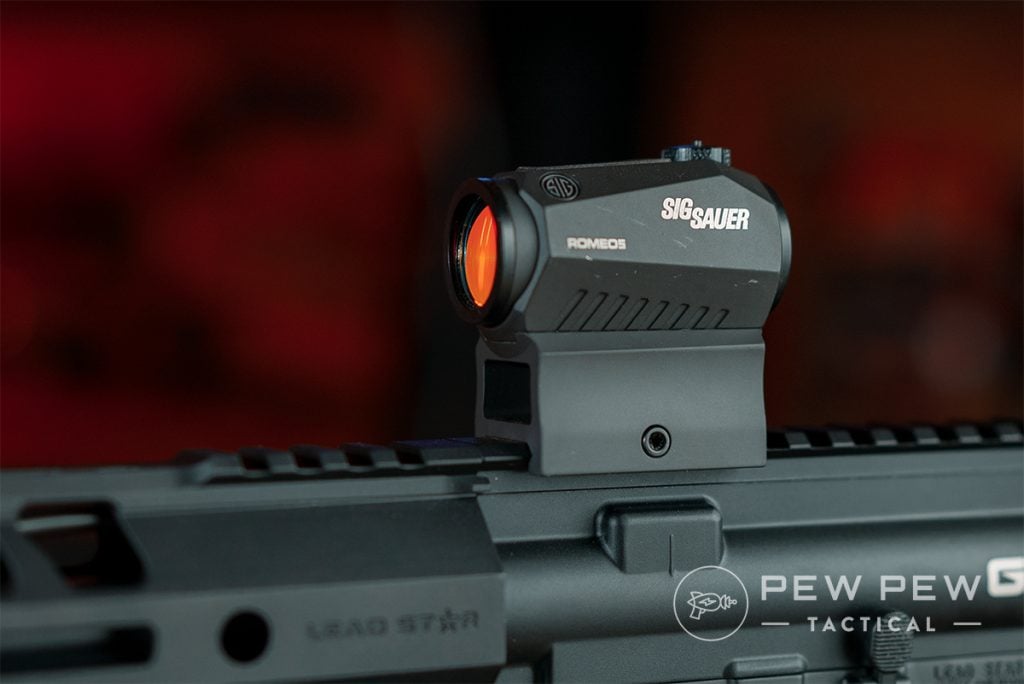
All of this only costs around $100-130.
Even the included mount is surprisingly decent. Note that some versions come with high and low mounts, so be sure to find one that includes the low mount, which would typically be most appropriate for hunting setups.
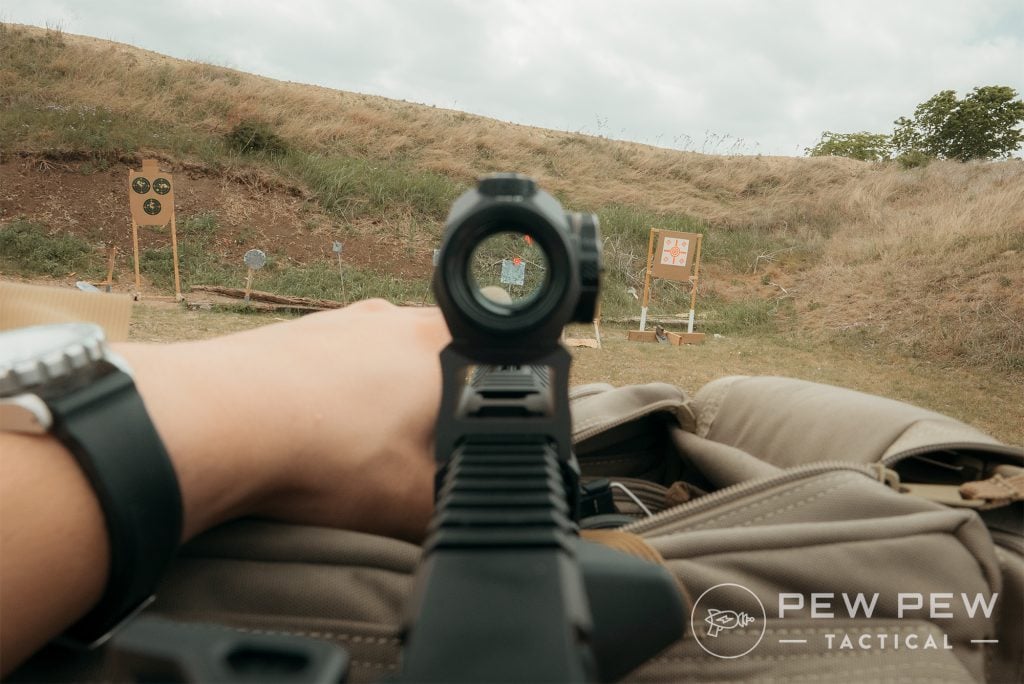
While it may not be tailor-made for hunting, the Romeo5 has a great feature set and represents an amazing value.
Check out our full review!
Why You Should Trust Pew Pew Tactical
Spearheading this article is Alice Jones Webb. Alice is a lifelong hunter and experienced shooter who grew up flinging arrows and bullets at Virginia whitetails, turkeys, and game birds. Her most recent favorite hunting experience, though, is chasing bull elk in the Colorado backcountry.
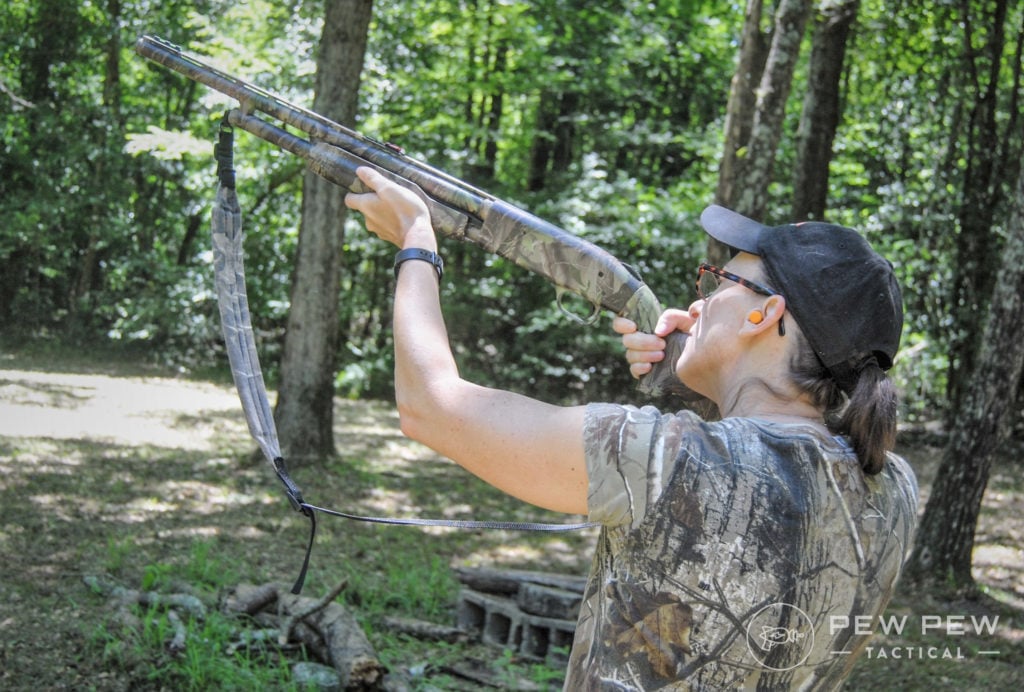
Editing and adding to this article is Wyatt Sloan, Jr. Editor. Wyatt is an NRA-certified instructor and an avid hunter with over 20 years of experience. Wyatt personally owns over 200 firearms, many of which are purpose-built for hunting. He uses his knowledge of different platforms and accessories to help readers find out what works and what doesn’t.
Editor-in-Chief Jacki Billings runs our experienced team of gun reviewers. She is a member of the Society of Professional Journalists, ACES: Society for Editing, and the Professional Outdoor Media Association. Jacki has a bachelor’s degree in Mass Communications and has worked as a media professional for close to 20 years, specializing in gun media for almost 10 years. She uses her extensive professional journalism and editing experience to set testing protocols and editorial standards.
Final Thoughts
This definitely isn’t an all-inclusive list of the best optics for deer hunting. Space and reader attention spans are limited.
While we stand behind the options we’ve mentioned here, there are plenty of other worthy riflescopes out there. Consider this a jumping-off point to finding the perfect optic to meet your deer-hunting needs.
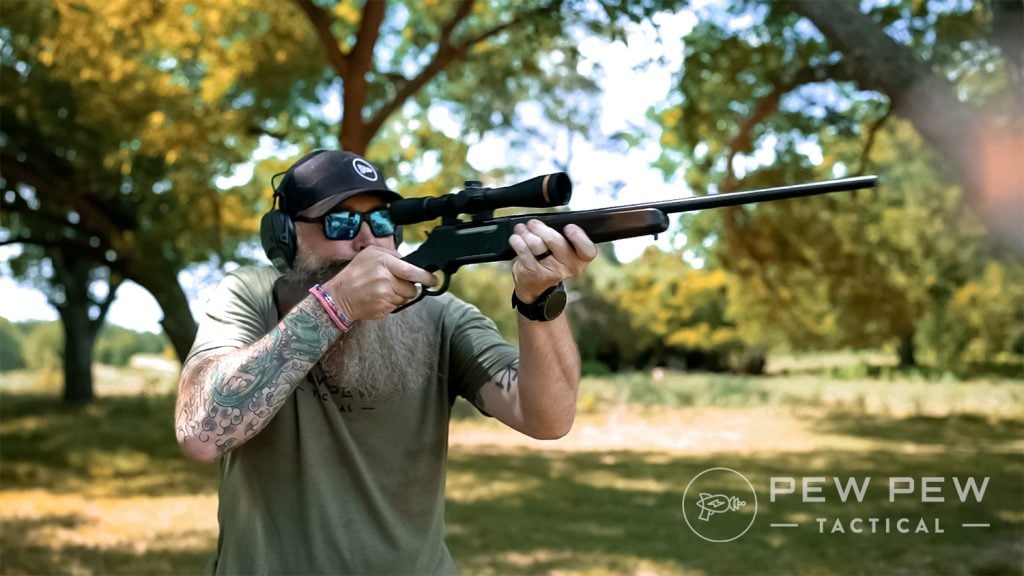
No matter which optic you choose to top your deer rifle, be sure to spend some time practicing with your new set-up BEFORE opening day. Proficiency with your rig is ultimately your best weapon, and the best way to achieve proficiency is with practice.
Do you have a favorite deer hunting optic? Tell us why in the comments below. Need a rifle to go with your optic? Check out our thoughts on the 9 Best Deer Hunting Rifles You Can Still Buy.
Latest Updates
October 2024: Added additional information on how to chose the the best optic and to each product.

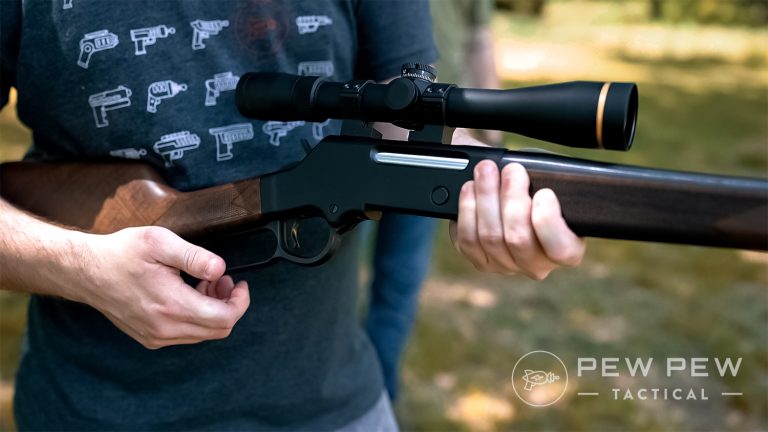




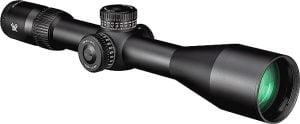


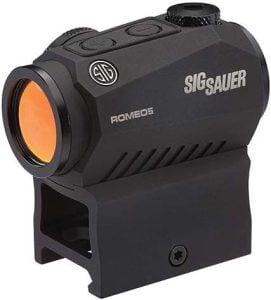

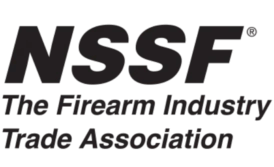











6 Leave a Reply
Most variables are too high powered at the low end. The point of unmagnified red dots being on the market is that you don't need magnification under 100m.
Pick your scope the same way you chose the cartridge - what ranges you will actually shoot, in what kind of terrain, against the known target - in this case, the whitetail as the medium sized target. Under 100, you use 1x, and out to your actual capability in the terrain, no more than 5 or 6x - a 600 yard shot on a buck is rare. If it's antelope, its a lot more common - but again, rare on elk. Those intermediate 6.x pioneers weren't plinking elk past 600 and didn't need a 5x12 to get there.
I've hit more deer with a no power red dot - starting with the first, an Aimpoint in the late 70s - and since then haven't found 3x9's to be much help back then. Drawing down on a passing deer under 100m with a 3x is just a scopeful of fur. Don't go overboard on power, as that race for the latest Man Card is galloping to sell them - not necessarily fit and be useful for you or me.
My next scope is for a .375 Socom - it's got drop after 300m, so more than a 1x4 LPVO with red dot would be extravagant. If it was going on the 6.8 it might be justified - but better on a .308 for the upper end - if there was anything needing to be shot around here you could see that far.
Were it allowed, the doe feeding on the apples in my front yard could be handled by 12ga Mossberg Shockwave with bead. Pick your hunting scope to fit the range of your cartridge and what you can actually see, put the rest of the money into ammo at a range shooting it.
You obviously don't know what your talking about. The Bushnell scopes and products are bargan basement junk. Why not spend a few
more dollars and get a NightForse SHV.
Your must not know that not everyone doesn’t have a lot of money. As a past Gun shop owner I have sold many of those scopes both high and low end So before you start talking about scopes you need to be there and done that. I have both $1000 + and $200 scopes but I do agree that there’s some scopes that are not very good so research the brand first then buy what you can afford and remember this your scope is only as good as your base and rings are!!!!
Thanks for your input, Nathaniel. I agree that NightForce optics are top-notch. However, I've been in the ramen-noodle-eating, just-out-of-college income bracket. The Bushnell Engage is a good $800 less expensive than the NoghtForce SHV. Is it as good? Absolutely not. Will it work for deer hunting? I've filled more than a few tags with a bargain basement Bushnell...so, yeah.
Better suggestion, get a fixed power scope, 6x should do.
In the budget red dot category, for AR platform, try the Sig Romeo MSR or the Romeo 5. Both are cheaper than the Holosun HS403R and just as good. I've got both the Sig Romeo MSR or the Romeo 5 and beat the heck out of them over time, had them wet and left out in below zero temps and they still keep on going without any shift in zero. Heck, my romeo 5 I lost for a bit by a colossal blunder on my part and it spent all winter at the bottom of a shallow frozen pond and when this summer came around and that dried up mostly I recovered it then cleaned it off and it still works fine.